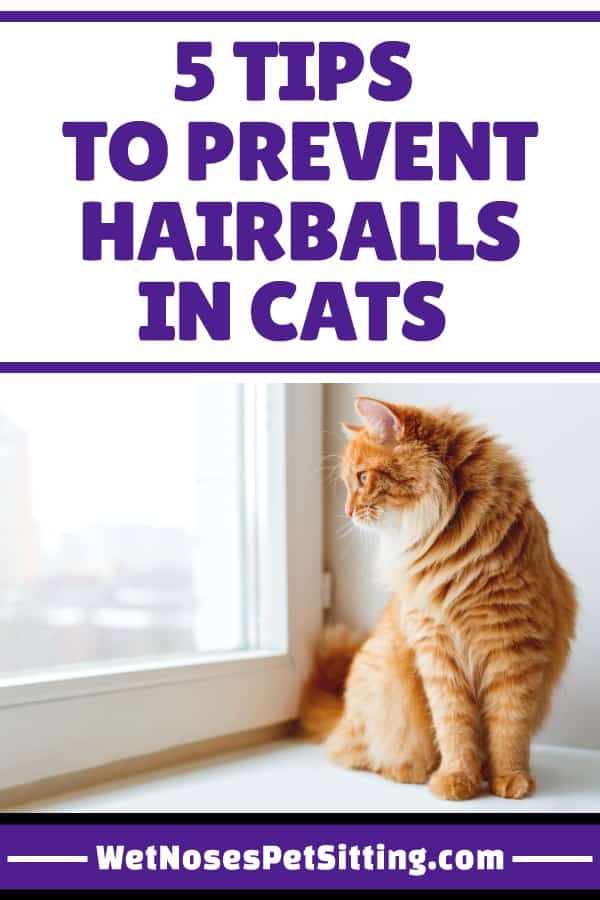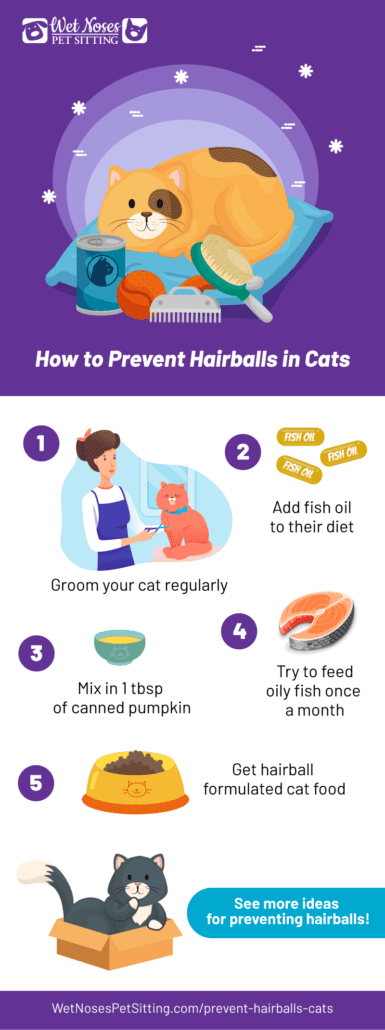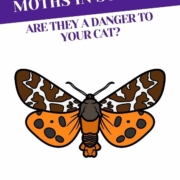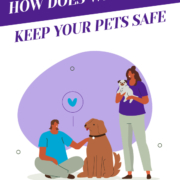How to Prevent Hairballs in Cats
If you’ve owned a cat for any amount of time then you’ve probably had the awful experience of hairballs. There is no denying that they are pretty gross, a little troubling and also, totally natural for cats.
What causes them?
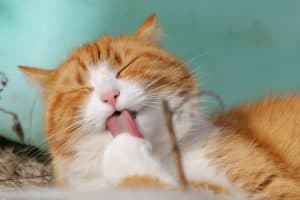 Cats have tongues that are full of tiny hook-like growths, that’s why they feel rough when they like you. This tiny hooks are not much unlike soft fingernails because they are both made of keratin. When grooming, these hooks catch loose and dead fur which is then swallowed. Most of it passes through the digestive system without a problem.
Cats have tongues that are full of tiny hook-like growths, that’s why they feel rough when they like you. This tiny hooks are not much unlike soft fingernails because they are both made of keratin. When grooming, these hooks catch loose and dead fur which is then swallowed. Most of it passes through the digestive system without a problem.
However, some of the hair will build up in their stomachs. When too much fur has accumulated, your cat will often start to wretch and gag, eventually vomiting up the hairball. Since it has to pass through the esophagus, it usually doesn’t actually look like a “ball.”
They may also act lethargic, have a decreased appetite as well as constipation or diarrhea. Usually, once they pass the hairball they are fine. But if you feel that something is wrong, do not hesitate to contact your vet.
Five ways you can help your cat at home:
- Grooming is a key to eliminating the dead hair that builds up in their coats. When you remove it, they can’t swallow it. If they seem to have a lot of hairballs, try adding a dab of Alberto VO5 Conditioning Hairdressing to you the brush to help the coat.
- Adding oily fish to their diet also helps. A can of sardines or a tuna canned in oil about once a month can aid in lubricating their digestive system.
- Mix in a tablespoon or two of canned pumpkin to their food every day. Just make sure to get pure pumpkin and not pumpkin pie filling.
- Another add-in on their food is oil. Mix in a tablespoon about once a week of olive oil or corn oil to keep the hairballs moving through.
- Get hairball formulated cat food. This brand of food can help fight against shedding and aid digestion. This type of food is oil-based and is high in fiber, helping hairballs not form in the first place.
Depending on your cat’s coat and age, you may see more or less frequent hairballs. But if you ever think that they are having too many or strange-looking hairballs, make sure to contact your vet about your concerns.

